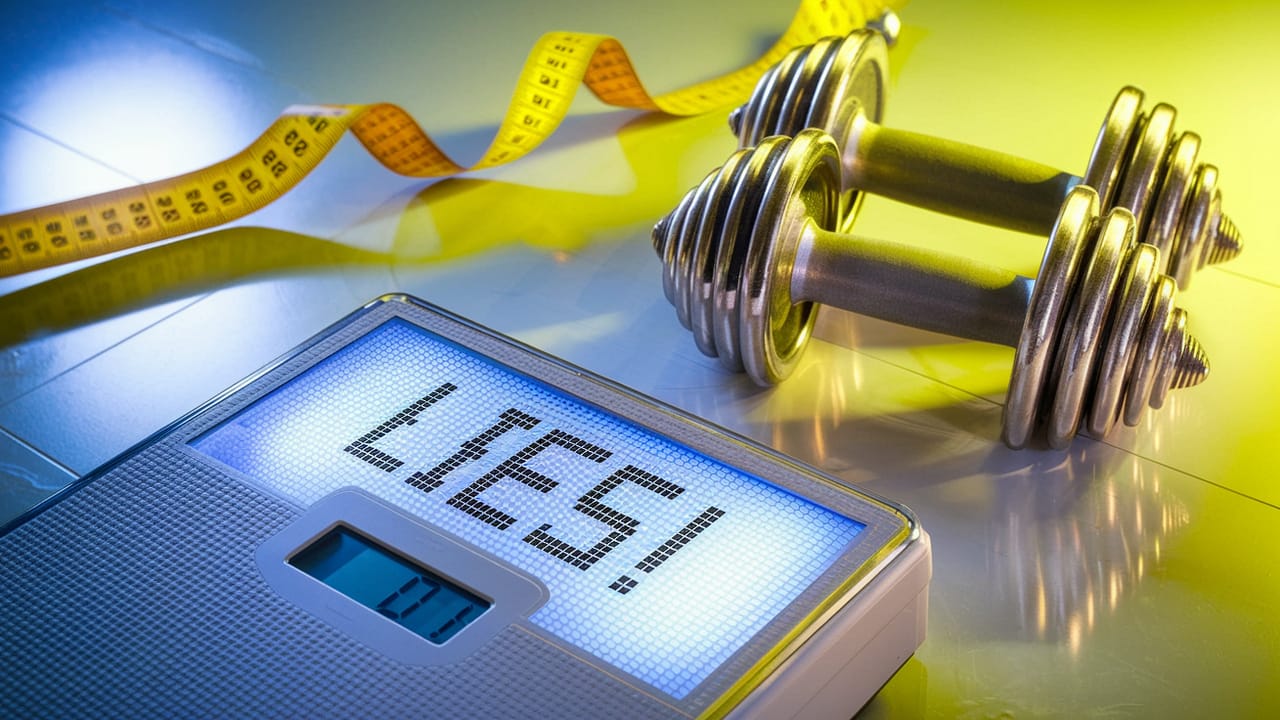- The Weekly Dose
- Posts
- Tracking Progress Beyond the Scale: The Non-Scale Victories That Matter
Tracking Progress Beyond the Scale: The Non-Scale Victories That Matter

Why the Scale Lies and How Weight Fluctuates
Stepping on the scale can feel like a gamble. Some days, the number dips, and you feel victorious. Other days, it jumps inexplicably, sending you into a spiral of doubt. But here's the truth: the scale is a fickle thing, and it doesn't tell the whole story.
Your weight fluctuates throughout the day due to hydration levels, food intake, digestion, and even hormonal shifts. A salty meal can cause temporary water retention, while an intense workout might lead to a short-term drop due to sweat loss. None of this reflects actual fat loss or gain. Relying solely on the scale can lead to frustration and an inaccurate perception of progress.
If you want a clearer picture of your transformation, it’s time to look beyond the numbers and embrace non-scale victories (NSVs).
The Power of Non-Scale Victories (NSVs)
NSVs are the game-changer in any weight loss or health journey. Unlike the scale, which can be misleading, NSVs provide tangible proof of progress. These victories remind you that real changes are happening beneath the surface, even when the scale refuses to cooperate.
Things like feeling more energized, lifting heavier weights, noticing looser clothing, or simply having more confidence are all signs that you're on the right path. Tracking these moments helps shift the focus from an arbitrary number to real-life improvements that matter more in the long run.
Progress Photos: How Often & Best Practices
Progress photos can be one of the most motivating ways to track transformation, but they require consistency and patience. Since weight loss is gradual, taking photos too frequently might not show noticeable differences, leading to unnecessary discouragement.
Best practices for progress photos:
Take them every two to four weeks for noticeable comparisons.
Use the same lighting, angle, and time of day to maintain accuracy.
Wear form-fitting clothing or a swimsuit to highlight changes.
Stand in a neutral pose—front, side, and back angles.
Over time, these photos will reveal shifts that the scale simply cannot. Many people are shocked to see dramatic differences in their appearance even when their weight remains the same.
How Clothes Fit, Energy Levels, and Strength Gains
Your wardrobe can be a fantastic gauge of progress. Clothes that once felt snug may now slip on with ease. Waistbands feel looser, shirts drape differently, and confidence soars when you see your reflection.
Beyond aesthetics, changes in energy levels and strength are undeniable markers of progress. You might notice that walking up the stairs no longer leaves you winded, or that you can lift heavier weights with ease. These improvements signal that your body is adapting, growing stronger, and becoming more efficient.
Why Body Composition Matters More Than Weight
Weight alone is a poor indicator of health and fitness. A person can weigh more but have a leaner, healthier physique than someone lighter. This is where body composition comes into play.
The Difference Between Fat Loss & Weight Loss
Weight loss can come from multiple sources: fat, muscle, water, and even glycogen depletion. Fat loss, however, is the key to a toned and defined physique. Crash dieting or excessive cardio may cause rapid weight loss, but often at the cost of losing muscle mass and slowing metabolism.
Instead of obsessing over weight, focusing on fat loss ensures you’re improving your overall health and maintaining a sustainable physique.
Muscle vs. Fat: Why You Might Weigh More But Look Better
Muscle is denser than fat, meaning it takes up less space. This is why two people can weigh the same but look drastically different. Someone who strength-trains may have a higher weight than a sedentary person of the same size, but they’ll appear leaner and more sculpted.
Building muscle also has metabolic benefits. More muscle means a higher resting calorie burn, making long-term weight management easier. When evaluating progress, it’s essential to prioritize body composition over the number on the scale.
Best Tracking Tools & Apps
To effectively measure progress beyond the scale, consider using tools that provide deeper insights:
Progress tracking journals: Writing down NSVs, workouts, and energy levels helps reinforce motivation.
Measuring tapes: Waist, hip, and thigh measurements often reveal fat loss that the scale doesn’t.
Apps like CAL AI: Track strength gains, food intake, and workouts to monitor overall fitness improvements.
Maximize Your GLP-1 Results
Want more guidance? 📩 Subscribe to our newsletter to get our 5 Essential Tips for GLP-1 Success, covering everything from nutrition to exercise to long-term sustainability. Let’s make your weight loss journey stronger and healthier!